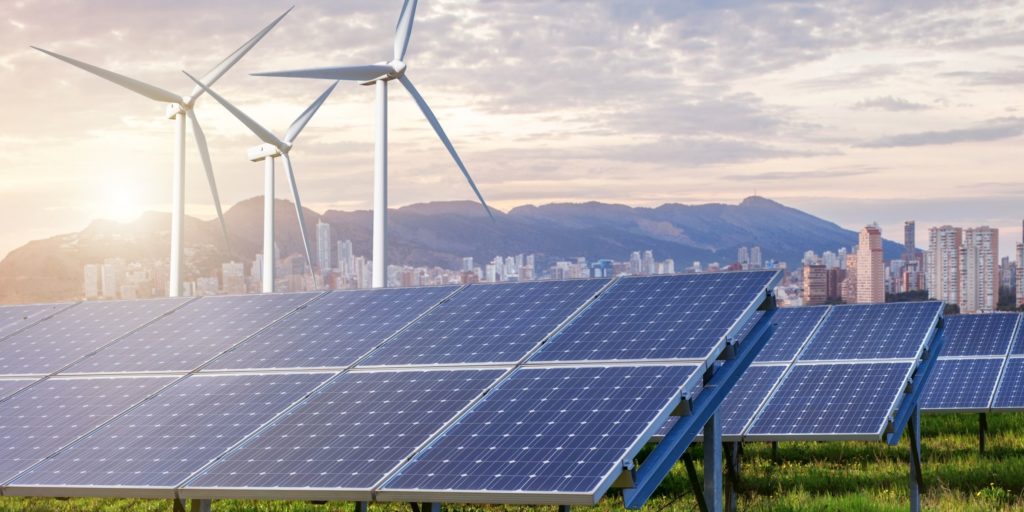The higher penetration of solar into the electricity grid can only be managed with more flexibility resources, including, among others, improving PV generation forecasts, probabilistic approaches for the assessment of balancing reserve requirements, as well as new highly performing flexibility resources.
These are the main conclusions of the report, “High Penetration of PV Systems in Electricity Grids,” published by the International Energy Agency Photovoltaic Power System Programme (IEA-PVPS).
The study, which is based on the contributions of several energy experts coming from mature solar markets, such as Belgium, Germany, Greece, Italy, Japan and Switzerland, provides both present and expected scenarios on how flexibility in system operation currently is, and will be, impacted by the higher penetration of solar.
One of the main issues of the aforementioned flexibility, according to the report’s authors, is the fact that, currently, reliable forecasts for PV generation can be achieved only in the short term of an hour or less, while not all flexibility resources can be activated in such a short time frame. “Consequently, more and faster flexibility resources are needed, as for example improving the thermal power performances of installing battery energy storage systems,” the report notes.
The team of experts also recommends resorting to probabilistic approaches for the assessment of balancing reserve requirements aimed to compensate the uncertainty of forecasts for renewable energy power generation.
Popular content
“Probabilistic approaches instead of deterministic ones allow containing uneconomic over-estimation of reserve since they are aimed to assess a reserve requirement associated to a reasonable risk degree,” the study asserts. These approaches can cope with the most probable events and exclude the most unlikely extreme situations, it was further highlighted.
The report also suggests that innovative flexibility resources are required, in order to host more solar within power networks: thermal power plants allowing shorter starting times and faster ramping capabilities; distributed generation output modification; demand response; and more battery storage. “Participation of electric vehicles in demand response is considered a reasonable opportunity,” the report adds.
Moreover, the group of experts has pointed out the curtailment or modification of PV output as a sort of ancillary service, “due mainly to grid congestions and system balance but also for voltage deviations and for system voltage-related stability.”
Yet, the report recommends the adoption of smart grids based on ICT infrastructures and, “despite the present high costs,” of more storage systems. “These represents, also associated with variable renewables, a promising solution for synthetic inertia and fast frequency control provision,” the experts concluded.
This content is protected by copyright and may not be reused. If you want to cooperate with us and would like to reuse some of our content, please contact: editors@pv-magazine.com.



Looking for a supplier of: Solar Energy Recharge Stations for Electric Vehicles.